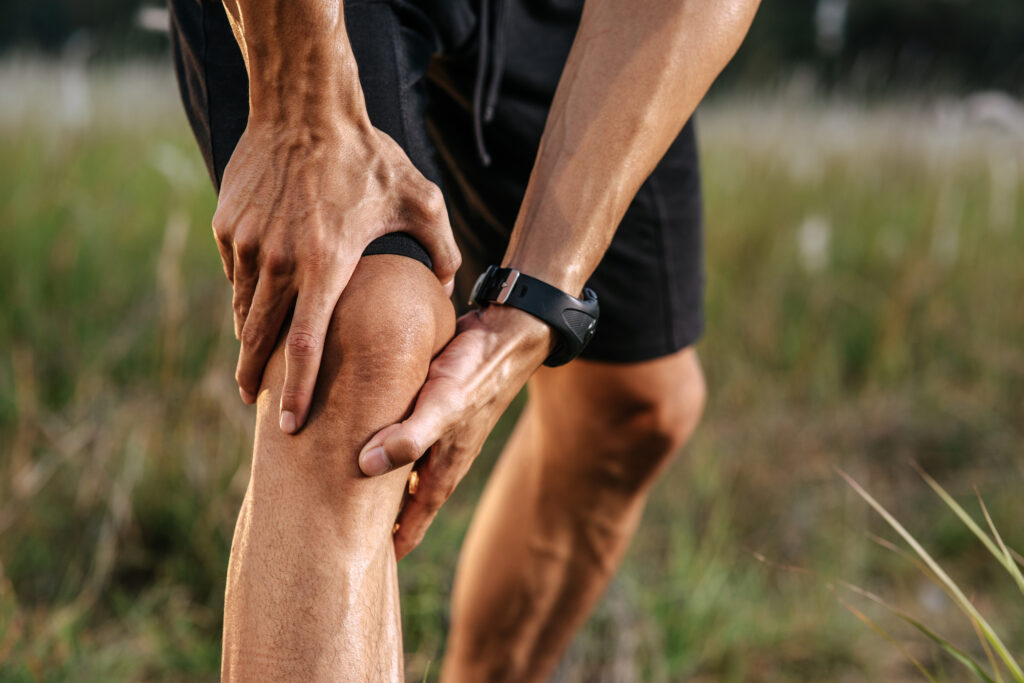When it comes to improving mobility for seniors, you might find that small adjustments can lead to significant benefits. By focusing on assistive devices, home modifications, exercise routines, balance training, and proper nutrition, you can create an environment that supports independence and safety. It's important to understand how each of these factors plays a role in enhancing mobility, as well as the specific changes that can be made. As you consider these adjustments, you'll discover practical strategies that can truly make a difference in daily life. What are the vital steps to take first?
Use of Assistive Devices
How can assistive devices enhance mobility for seniors? These tools can provide essential support, making daily activities easier and safer. Whether it's a walker, cane, or mobility scooter, each device serves a purpose tailored to individual needs. By using these devices, you can regain independence and confidence in moving around your home or community.
Walkers and canes offer stability while traversing uneven surfaces or crowded spaces. They help reduce the risk of falls, allowing you to move with assurance. If you find walking long distances challenging, consider a mobility scooter. These electric devices make traveling longer distances manageable and often come equipped with features like baskets for carrying personal items.
Additionally, stairlifts and grab bars can greatly enhance your access to different areas of your home. They help you tackle stairs or maintain stability in bathrooms, guaranteeing you can move freely without fear. Many seniors find that using assistive devices not only aids mobility but also improves overall quality of life.
It's critical to consult with a healthcare professional to determine which devices are best suited for your situation. They can guide you through the selection process and help make certain that you're using these tools effectively.
With the right assistive devices, you'll find staying active and engaged in your daily life much easier. Embracing these tools can lead to a more fulfilling and independent lifestyle, allowing you to participate in activities you love.
Home Modifications
While assistive devices play a significant role in enhancing mobility for seniors, home modifications further improve safety and accessibility. These adjustments create a living environment that caters to your specific needs, reducing the risk of falls and making daily tasks easier.
Start by evaluating high-risk areas in your home. Install grab bars in bathrooms and near stairs to provide extra support when moving around. Consider non-slip mats in the kitchen and bathroom to prevent slips. You might also want to replace traditional light switches with rocker switches or motion-sensor lighting, guaranteeing you can navigate your home safely, even in the dark.
Widening doorways can make it easier to maneuver wheelchairs or walkers, while removing any clutter or obstacles from hallways and common areas helps create a clear path. If you're using a walker, confirm that furniture is arranged to allow for easy navigation.
In the kitchen, lower countertops and place commonly used items within easy reach to minimize stretching or bending. You can also install pull-out shelves in cabinets for easier access.
Lastly, consider adding a shower bench or a walk-in tub, which can greatly enhance bathroom safety. These modifications not only support your mobility but also instill a sense of independence and confidence.
Regular Exercise Routines
Incorporating regular exercise routines into your daily life can considerably enhance your mobility and overall well-being. When you engage in physical activity regularly, you're not just maintaining your strength; you're also improving your flexibility and endurance. This can make everyday tasks, like walking or climbing stairs, much easier and more enjoyable.
You don't need to commit to a rigorous gym schedule; simple activities can have significant benefits. Start by finding exercises that you enjoy, making it easier to stick with your routine. Consistency is key, so aim for at least 150 minutes of moderate aerobic activity each week, as recommended by health professionals.
Here are some effective exercises to take into account:
- Walking: A simple yet powerful way to boost your cardiovascular health and strengthen your legs.
- Strength Training: Using light weights or resistance bands can help maintain muscle mass and improve overall strength.
- Stretching: Incorporating gentle stretches can enhance flexibility and reduce stiffness in your joints.
Balance and Coordination Training
Improving your balance and coordination can greatly enhance your mobility and reduce the risk of falls. As you age, maintaining these skills becomes essential for daily activities and overall safety. Balance and coordination training can be easily integrated into your routine, requiring little more than your commitment and a safe space.
Start with simple exercises like standing on one leg. Hold onto a chair or countertop for support at first, then gradually reduce your reliance on it. Aim for 10-30 seconds on each leg, and remember to switch sides.
Incorporating heel-to-toe walking is another effective method. Walk in a straight line, ensuring each heel touches the toe of the opposite foot.
You can also engage in Tai Chi or yoga, both of which emphasize slow, controlled movements that improve balance while promoting flexibility and strength. These practices not only help you develop coordination but also foster mindfulness, enhancing your overall well-being.
Consider adding balance training tools to your routine. Stability balls and balance boards are excellent for challenging your core and improving your stability. You might also try using resistance bands to perform exercises that engage multiple muscle groups, further enhancing your coordination.
Lastly, don't forget the importance of consistency. Aim to practice balance and coordination exercises at least three times a week. With determination and regular practice, you'll notice significant improvements in your mobility, confidence, and quality of life.
Stay active, stay safe, and enjoy the freedom that improved balance and coordination can bring.
Nutrition and Hydration Awareness
Proper nutrition and hydration play an essential role in maintaining your mobility as you age. As your body changes, the nutrients you consume and the fluids you drink become even more vital for keeping your joints flexible, muscle strength intact, and energy levels high.
It's easy to overlook these aspects, but making small adjustments can have a significant impact on your overall mobility.
To guarantee you're supporting your body effectively, pay attention to the following:
- Balanced Diet: Focus on a variety of fruits, vegetables, whole grains, lean proteins, and healthy fats. These foods provide the vitamins and minerals necessary for muscle and joint health.
- Hydration: Drink plenty of water throughout the day. Dehydration can lead to fatigue, dizziness, and decreased physical performance, all of which can impair your mobility.
- Calcium and Vitamin D: These nutrients are vital for bone health. Consider incorporating dairy products, fortified foods, or supplements as necessary to keep your bones strong and reduce the risk of fractures.
Conclusion
By making these five key adjustments, you can greatly improve your mobility and overall quality of life. Embrace assistive devices, modify your home for safety, and commit to a regular exercise routine. Don't forget to incorporate balance and coordination training while prioritizing a nutritious diet and hydration. These changes will empower you to stay active, independent, and engaged in life. Start today, and enjoy the benefits of enhanced mobility and energy!



